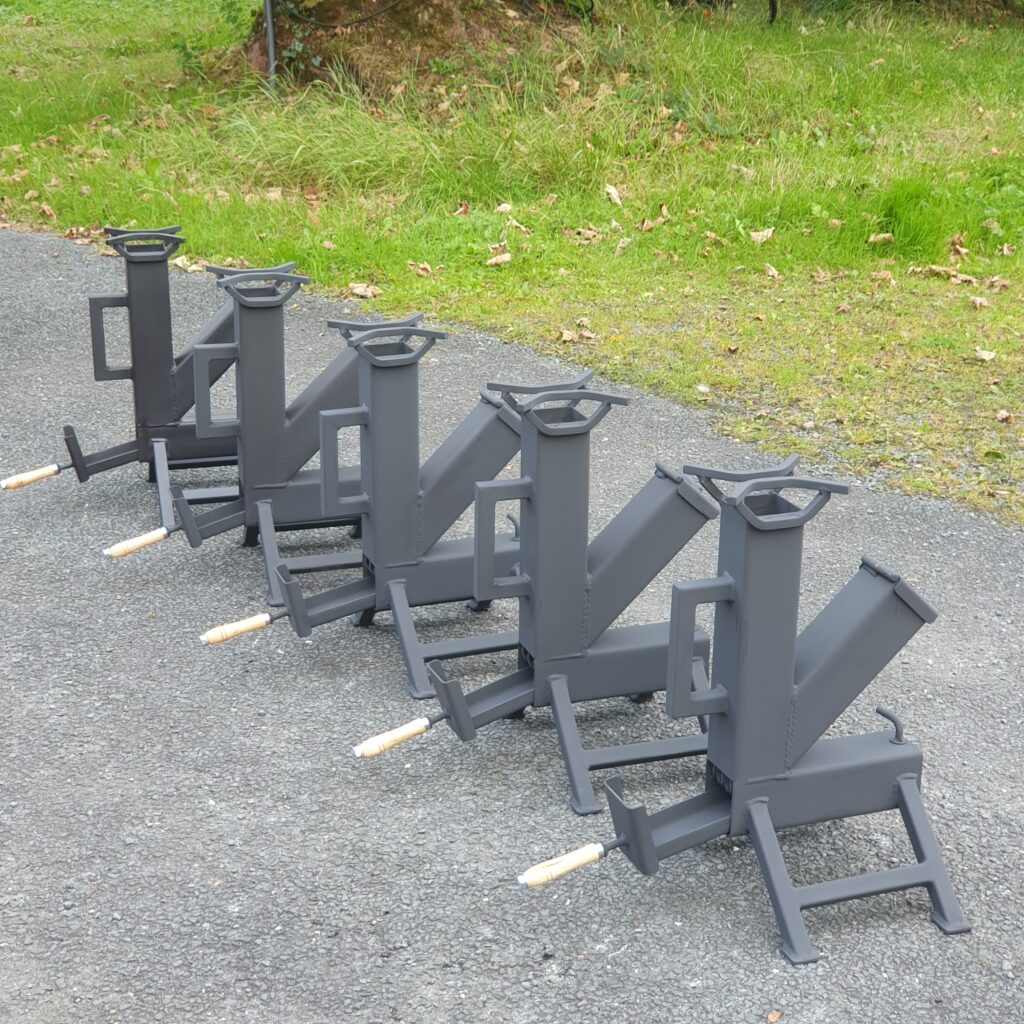When it comes to outdoor cooking, there’s something special about the simplicity of fire. But if you’ve ever struggled with smoky campfires, wasted wood, or the hassle of hauling fuel, you’ll appreciate what a rocket stove can do. This little invention has become one of my favorite ways to cook outside—whether I’m camping, preparing for emergencies, or just enjoying a weekend in the backyard.
So what exactly is a rocket stove? At its core, it’s a highly efficient wood-burning stove designed to get the most heat out of the smallest amount of fuel. Instead of tossing big logs on a fire and watching them smolder away, a rocket stove burns small sticks, twigs, or even pinecones with surprising intensity. It works by using a vertical combustion chamber that pulls in air and creates a strong draft. That draft keeps the fire hot, burns off smoke, and gives you a steady flame to cook over. The design might be simple, but the results are impressive—you get a clean, powerful burn without needing much wood at all.
One of the reasons I like rocket stoves is how versatile they are. You can buy a compact stainless steel version for camping trips, build one in your backyard out of bricks or cinder blocks, or even put together a quick DIY version from a coffee can if you’re in a pinch. Some folks take it even further and build what’s called a rocket mass heater, which is essentially a larger rocket stove designed to heat spaces instead of just cooking food. But for most of us, the smaller versions are perfect for cooking outdoors.
Cooking on a rocket stove is pretty straightforward. You start by gathering small, dry sticks or other biomass—nothing fancy, just what you’d find lying around a campsite or backyard. The fuel goes into the side feed tube, and you light some tinder at the bottom of the combustion chamber to get it going. Once it’s lit, the natural draft does the work for you. As the ends of the sticks burn, you push them in slowly to keep the fire fed. Before long, you’ll have a concentrated flame strong enough to boil water in just a few minutes or cook a skillet meal without the hassle of a big fire.
And speaking of food, you can cook almost anything on one of these stoves. I’ve used mine to boil water for coffee in the morning, fry eggs and bacon in a cast iron pan, simmer stews, and even grill vegetables by placing a grate over the top. With the right setup, you can even use a Dutch oven and bake. It’s really not that different from cooking on a regular stovetop—just powered by twigs instead of propane or electricity.
Of course, there are a few things to keep in mind. Rocket stoves burn hot, so always set them on a stable, fireproof surface like dirt, gravel, or concrete. They’re for outdoor use only, since they produce open flames and carbon monoxide. And while they don’t require much fuel, the fuel they do need should be dry—wet wood will smoke and ruin the efficiency. As long as you use them safely, though, they’re one of the most reliable tools you can have for outdoor cooking.
If you like a good DIY project, building a rocket stove can be a lot of fun. A basic version made from cinder blocks can be set up in under 10 minutes. A more portable option is a coffee can rocket stove, which involves cutting a few holes and stacking smaller cans together. And if you want something that’ll last for years, firebricks are the way to go. No matter which design you choose, the principle is the same: create that insulated vertical chamber that pulls in air and burns efficiently.
For me, the beauty of the rocket stove is in its simplicity. It takes what would normally be wasted—small sticks, scraps of wood, pinecones—and turns them into a powerful, controlled flame. It’s the kind of tool that feels timeless, because it just works. Whether you’re preparing for an emergency, heading out on a camping trip, or just want to try something different in the backyard, a rocket stove is worth adding to your outdoor cooking toolkit.
Once you’ve used one, it’s hard to go back to fumbling with damp firewood or burning through piles of charcoal. With just a handful of twigs, you can have dinner sizzling in no time. And that, to me, is the kind of simple, satisfying experience outdoor cooking should be all about.


